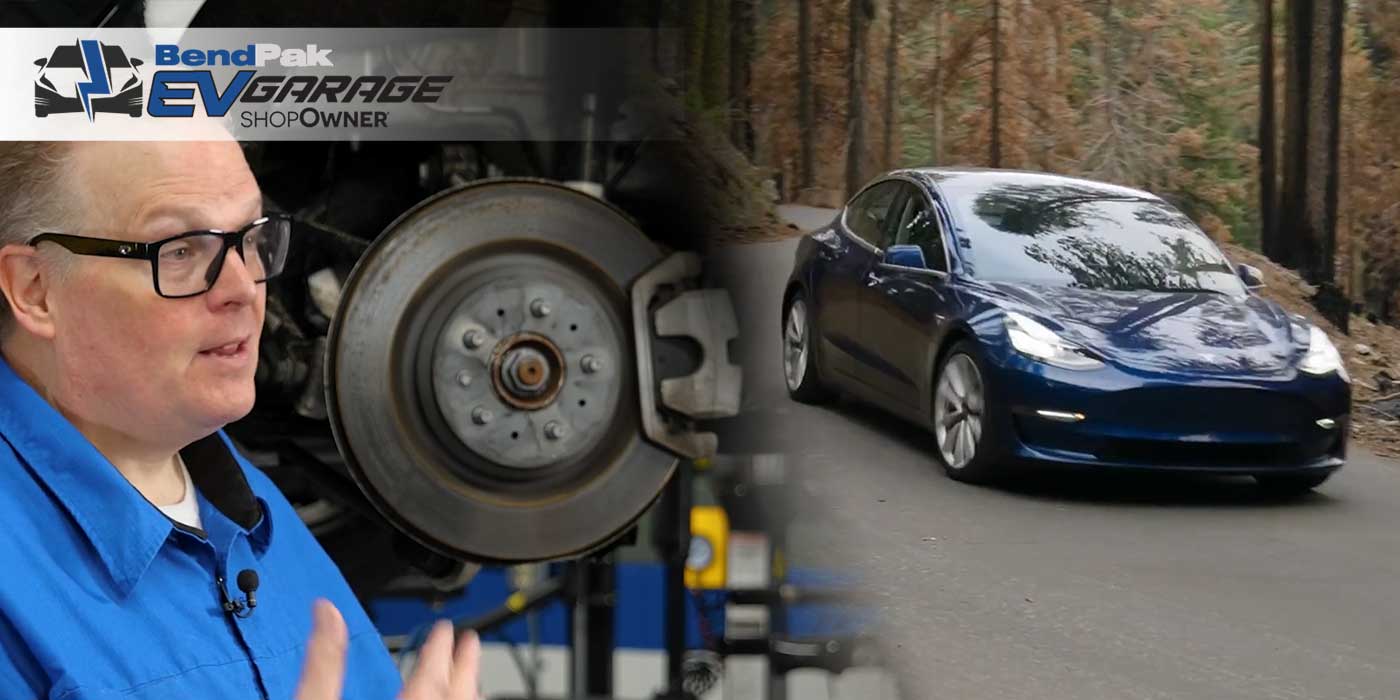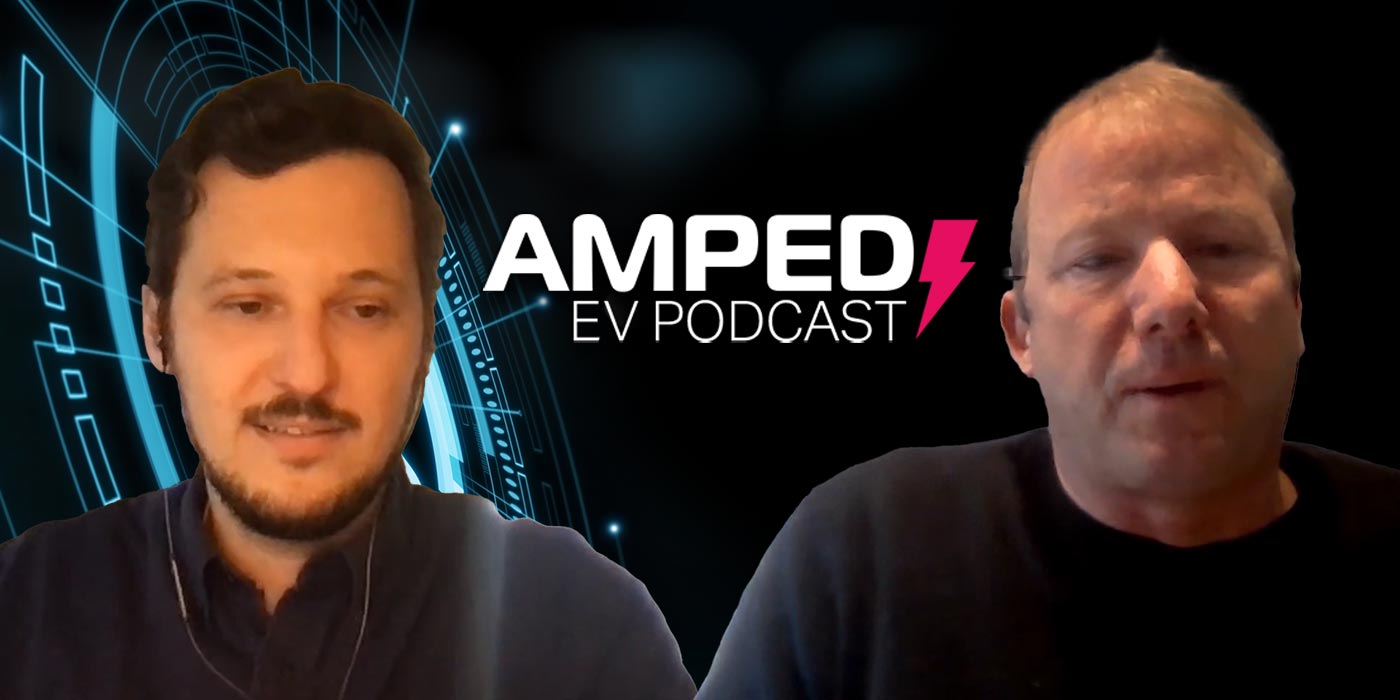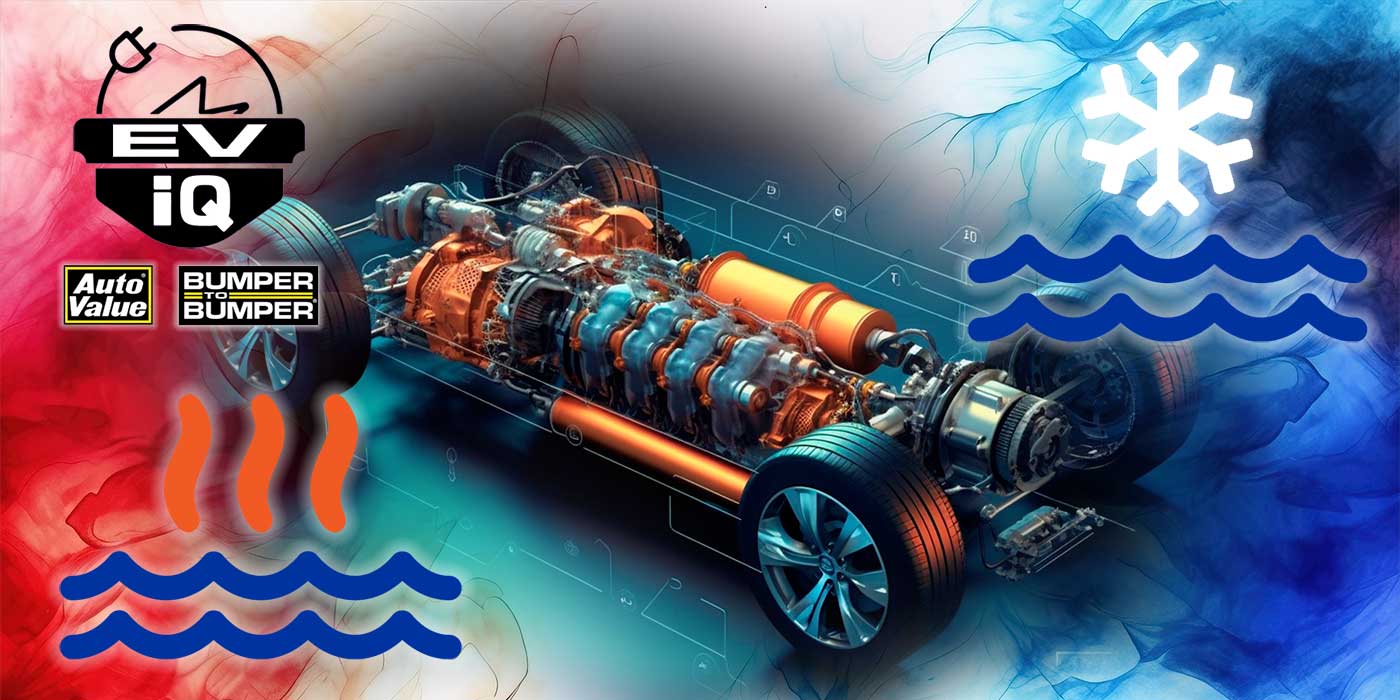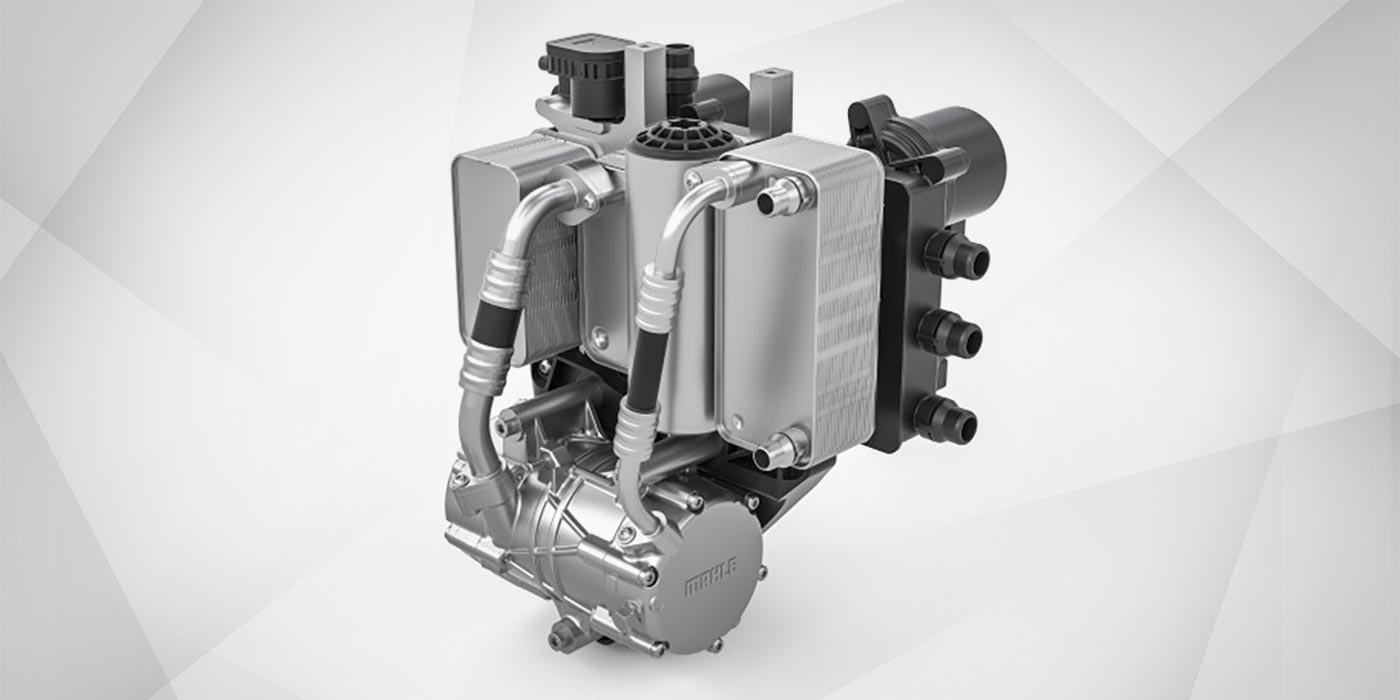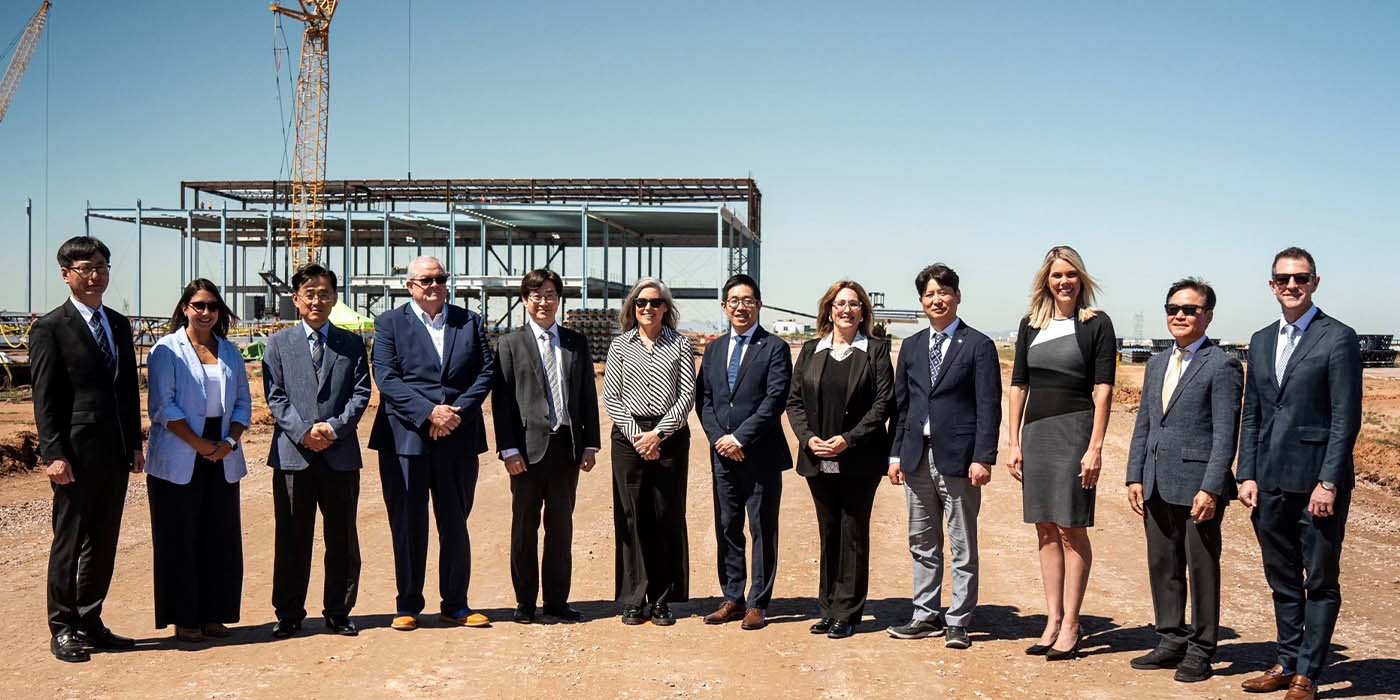We’ve talked about why EVs need EV tires before on this show, but today we’re going to focus on five specific areas of design that make these EV tires special.
First, we have durability. Tire manufacturers have to use very specific tire compounds to support the super-heavy, torque-tastic EV driving experience. Hankook Tire is one of many tire manufacturers developing tires for EVs, and one of the compounds they use is called “Aqua Pine.”
This contains raw materials such as high loading resin and silica extracted from conifer trees and vegetables, and it’s a key component to developing EV tire products. Since this compound is stronger and more durable than compounds you might find in gas-powered cars, the tires can better assist the power delivery and driving characteristics of the EV.
Next, we have weight. EV tires are built to withstand the heavier weight of EV vehicles, which typically fall somewhere in the avenue of being between 10 and 20% greater than their internal combustion engine counterparts. Regular tires spec’ed for an EV would wear more quickly, so it’s important drivers spec EV-specific tires for optimal performance.
Third is rolling resistance. If the vehicle is running on tires with a high rolling resistance, it’s losing energy, and this decreases the efficiency of the battery – obviously no good from a range anxiety standpoint. Tire manufacturers can take advantage of a number of different techniques to achieve low rolling resistance, like using specific types of rubber compounds or applying rigid design patterns, tire profiles, and structures.
Fourth is traction. Ridiculous levels of torque is a thing with EVs. Because of this, EV tires must also have stronger traction, steering and braking performance. To provide this necessary grip, you’ll find EV tires are usually designed with a specific stiff and wide center rib pattern to reduce potential slippage and abnormal abrasions. You’ll also find interlocking grooves in the tread pattern to help prevent hydroplaning and compensate for that increase in torque.
Finally, there’s noise. EVs don’t have engines. If you ever find yourself inside an EV, you’ll pretty quickly notice that something seems… off – because they create so little noise when being driven. Manufacturers realize this, and as such, it is a requirement for most that their EV tires reduce as much road noise as possible in order to maintain that peaceful, quiet ride. Manufacturers can do this through specially-designed tread patterns, sound-absorbing foam and rubber compounds.






